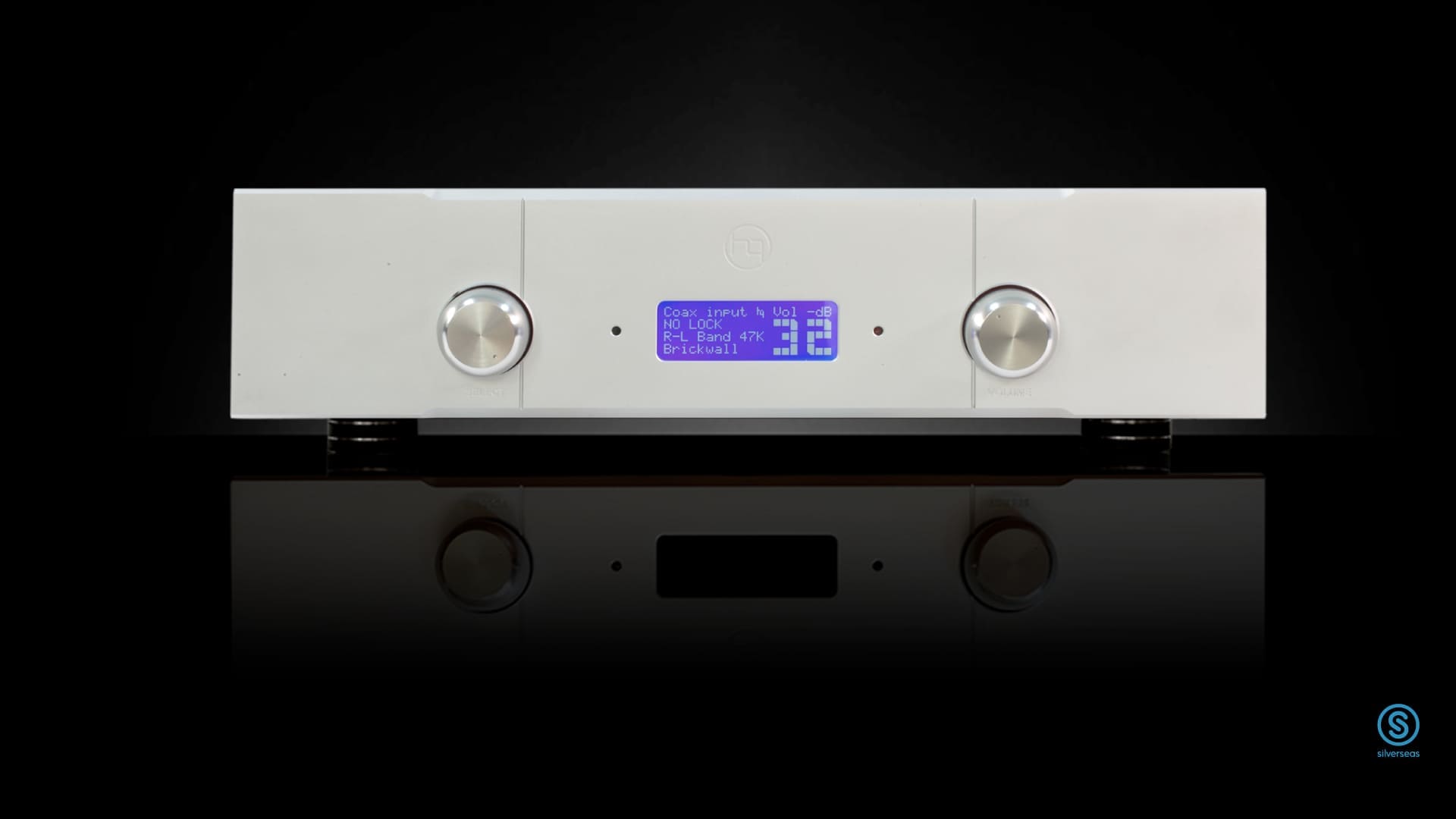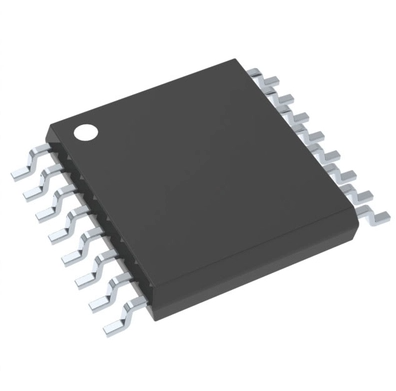Hello, audio enthusiasts! My name is Quang Hào, and today I’d like to share a few thoughts on DAC – a small yet "magical" device that transforms dry, lifeless digital data into vibrant and dynamic sound. A DAC, or Digital-to-Analog Converter, bridges the gap between the emotionless digital realm and the world of music brimming with emotion. It serves as the heart of the digital audio systems we use every day. While this article may be limited in scope, I hope to convey some insights into this tiny yet significant machine and would appreciate your feedback to make it even better.

In the world of audio, the DAC – Digital-to-Analog Converter – is truly a magical machine, a bridge of emotions between the cold, lifeless digital universe and the vivid, authentic realm of sound. Thanks to DACs, we can enjoy our favorite tunes with crystal-clear notes and sweet melodies rendered authentically. But what exactly is a DAC, and why is it held in such high regard by audio lovers?
Imagine this: From sources like computers, CD players, or smartphones, digital music signals exist as inert strings of binary data. Through the sophisticated conversion of a DAC, these lifeless streams of numbers are transformed into sound – frequencies that the human ear can perceive, enriched with emotion and depth. Modern DACs typically consist of three key components: a signal receiver, a decoding chip, and an analog circuit. These components work seamlessly together to transform cold numbers into expressive, nuanced music.
The decoding chip within a DAC can be likened to an artist working within an audio masterpiece. Currently, two main types of decoding chips dominate the market: R2R and Delta-Sigma. Each chip brings its own artistic flair and unique “sound” quality.
R2R Chips: These chips are reminiscent of a bygone era, cherished by audio enthusiasts for their ability to preserve raw, authentic sound. Known as Resistor Ladder chips, they function by dividing electrical currents through highly precise resistors – delivering each musical note with clarity and detail, much like an artisan playing every note on a classical instrument. Due to the high precision required in production, R2R chips are often found only in premium DACs, prized by discerning audiophiles for their natural, emotive tones.
Delta-Sigma Chips: By contrast, Delta-Sigma chips represent youthful creativity. They process audio through timeslicing, converting digital signals into high-frequency pulses. Delta-Sigma DACs are easier to produce, cost-effective, and widely used in mid-range to high-end products. Although they may lack the organic fluidity of R2R, Delta-Sigma chips benefit from advanced noise-canceling algorithms like noise-shaping and oversampling, providing a smooth and vibrant listening experience.

The sound quality of a DAC depends not only on the type of chip used but also on the meticulous technical details in its design. Jitter, a phenomenon causing signal delay, is a persistent enemy of DACs, distorting sound and compromising clarity. Modern DACs combat jitter with asynchronous data transfer technology, allowing the DAC to generate its own clock for synchronization, preserving the natural detail and purity of the audio.
The power supply is another critical factor influencing sound fidelity. A stable DC power supply helps the DAC minimize noise and retain the original integrity of the sound. Conversely, a poor-quality power source can introduce interference, detracting from the music's purity and preventing listeners from fully experiencing its beauty.
Modern advancements have revolutionized the DAC, elevating it into a work of technological art. For instance, FPGA (Field Programmable Gate Array) technology enables DACs to reprogram their decoding processes, crafting unique sound signatures. With FPGA, manufacturers can fine-tune audio to their liking, offering an unprecedented musical experience.
Similarly, Pure DSD technology represents a major breakthrough. Pure DSD DACs process DSD signals directly without converting them to PCM, maintaining the purity of the sound. This reduces interference and delivers sound that is lifelike and authentic, as if the artist were performing live in front of the listener.
Previously, when digital music relied on CD players, music could only be played from physical discs. Modern DACs, however, easily connect to a wide range of sources, including computers, smartphones, and even streaming services. Not only do they offer superior sound quality, but they also allow for enjoying digital music anywhere, anytime, and in any format – from PCM and DSD to high-quality standards like 24-bit and 32-bit audio.
A DAC is more than just a device that converts digital signals into analog. It is a technical art form where manufacturers and audio engineers relentlessly pursue perfection to bring listeners closer to the original sound. With advancements in FPGA, Pure DSD, and the resurgence of R2R technology, the DAC market is offering a wealth of exciting and diverse options for music lovers.
Each DAC, with its unique technical characteristics, caters to different musical styles and preferences. For audiophiles, the DAC is the key to unlocking a world of authentic and emotional sound. Supported by cutting-edge technology, today's audio experience is no longer just about listening to music – it's a journey to explore profound emotional nuances.
Finally, a DAC is an essential choice for anyone seeking the perfect digital audio experience. It delivers not only clear, vibrant sound but also brings us closer to the genuine emotions in every piece of music and every note. The DAC is the soul of modern audio, a delicate bridge carrying listeners from the cold digital realm back to a world full of heartfelt emotion.
This article is inevitably limited in scope and likely has shortcomings. I look forward to receiving your feedback and suggestions to make this content even more comprehensive. Thank you for taking the time to read and share with me!
Reference DAC: https://quanghao.com/hq-flagship-dac-mk3copy-pd137088.html?lang=en
.jpg)